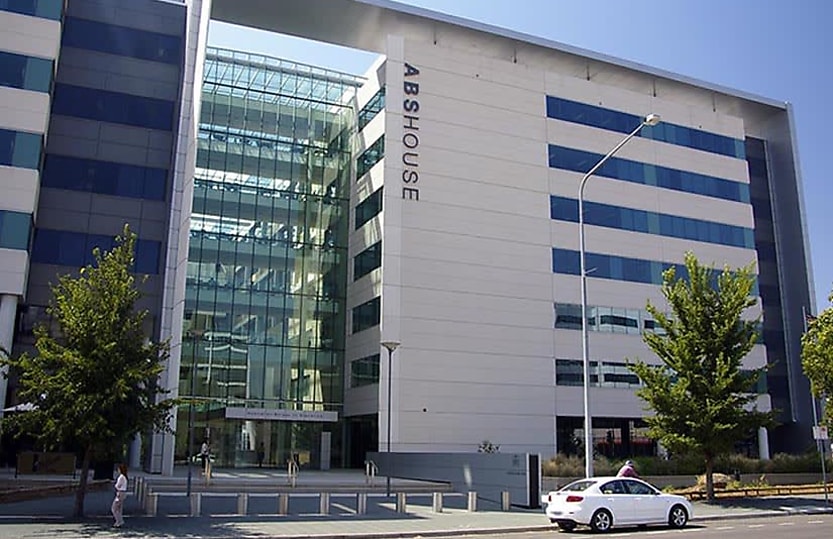Lower inflation figures 'a welcome sign' for economy

ABS data shows CPI on steady downward trend helped by falls in petrol and vegetable prices.
Monthly inflation slowed to 4.9 per cent in the 12 months to July driven by falls in the cost of petrol and fruit and vegetables, according to data just released by the ABS.
ABS head of prices statistics Michelle Marquardt said inflation continued to ease from 5.4 per cent in June and its peak of 8.4 per cent last December.
Slowing the inflation rate in July increase were price falls for automotive fuel (-7.6 per cent) and fruit and vegetables (-5.4 per cent).
“When excluding these volatile items, the decline in annual inflation is more modest at 5.8 per cent in July, compared to 6.1 per cent in June.”
Commonwealth Bank economist Stephen Wu said the inflation figures for July are a “welcome and continued sign of the progress the RBA is making in returning inflation back to the 2-3 per cent target“We have long expected the annual rate of inflation to move below 4.0% by year-end, a more aggressive decline than the RBA are expecting,” said Mr Wu.
Mr Wu said that progress on inflation is unlikely to be smooth, however, with monthly CPI only a partial read given that not every item in the CPI basket is measured monthly.
“The August CPI print could show annual inflation with a 5 handle again. The sharp increase in petrol and diesel prices over August, up 8-12%, will be a key driver. In addition, the expected increase in alcohol excise will also contribute to higher-than-otherwise prices.”
Further substantial increases in insurance prices could also contribute to an increase in inflation.
“The 5.75 per cent increase in award wages from 1 July 2023 could also see some pass-through to the various market services components of the CPI basket (measured once a quarter in the middle month). But we expect increases to be tempered by the slowing in consumer demand,” said Mr Wu.
Housing was one of the main drivers of price movements in July with rents up 0.7 per cent for the month.
The annual rate of rent inflation rose further, to 7.6 per cent for the year.
“The rental market remains very tight. But shifts in household formation leading to a pick-up in average household sizes could be tempering rental demand,” he said.
The rise in housing prices slowed to 7.3 per cent from 7.4 per cent in June, with new dwelling prices up 5.9 per cent – the lowest annual rise since October 2021.
Also bucking the trend were electricity prices, which increased 6.0 per cent in July to record an annual rise of 15.7 per cent, although this included the impact of rebates.
“The Energy Bill Relief Fund provides eligible households with rebates ranging from $43.75 to $250 in July. If we exclude the impact of rebates from the July 2023 figures, electricity prices would have recorded a monthly increase of 19.2 per cent,” Ms Marquardt said.
Food and non-alcoholic beverages rose 5.6 per cent in the 12 months to July, down from the 7.0 per cent annual increase in June and the lowest annual increase since May 2022.
“Food inflation continues to ease across most categories, while fruit and vegetable prices fell 5.4 per cent compared to 12 months ago due to favourable growing conditions leading to increased supply,” Ms Marquardt said.
CreditorWatch chief economist Anneke Thompson said the steady price rises of meals out and takeway food reflected the need of business owners to pass on higher utility and rent costs to their patrons.
“For now, Australian consumers, particularly those aged 65 and over, are continuing to eat out at restaurants and cafes, with spending in this category increasing by 1.3 per cent versus 0.5 per cent overall,” she said.
“However, with diminishing savings rates, particularly among younger people, and interest rates that will remain high for some time, we expect margins in the food and beverage sector to continue to be challenged at the same time as customer demand flattens, or even falls.”
About the author

